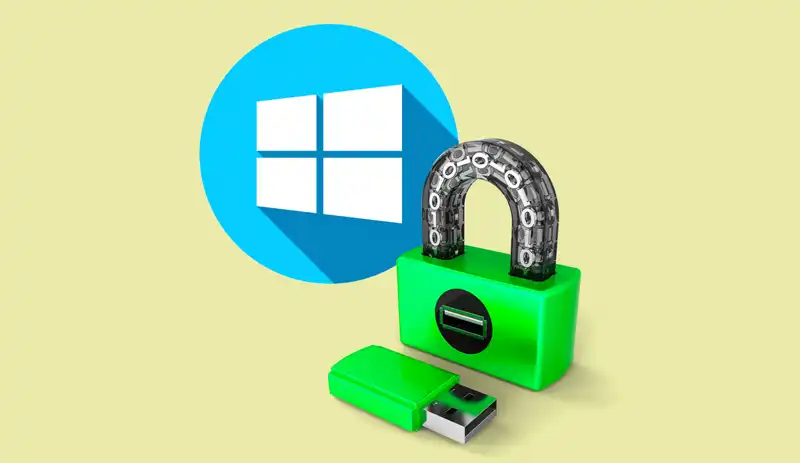You can also be interested in these:
- How to password protect a folder in Windows 11
- How to emulate Android on your PC?
- How to Disable SmartScreen on Windows 11
- How to remove Spotify ads on Windows
Many people see the BIOS as the holy grail of PC, so they prefer not to get into “strange places” that may alter the order. The problem arises when we have to change the boot or startup priority because we are going to install Windows from a USB or because we want to use a tool like MemTest 86, for example. Below, we will tell you how to set up the UEFI BIOS to boot from USB.

What is BIOS and UEFI?
Let’s start with the basics. The BIOS (Basic Input Output System) emerged in 1975 to initialize all the components of the computer and start the OS. Among its functions are power management, I/O connection settings, etc.
The BIOS has been improved to the point of having very intuitive interfaces, graphics, etc. Now, a BIOS allows you to start, configure hardware, overclock the CPU or RAM, organize the startup priority, etc.
On the other hand, we have UEFI (Unified Extensible Firmware Interface), which is a firmware (like the BIOS) created by Intel in 2002, which is much more modern. With UEFI, we can use the mouse, something we couldn’t do with the original BIOS (only the keyboard).
Why do we need to know about UEFI to boot from USB? Basically, because some people have BIOS and others have UEFI. Do you want to know the differences?
- UEFI is a firmware that runs on 32 and 64 bits.
- UEFI can connect to the Internet.
- UEFI starts faster than BIOS.
- UEFI allows you to move the mouse and navigate through menus with sounds.
Setting up boot from USB
When we start the PC, we usually see the mythical logo of the motherboard manufacturer. Just at the bottom of that screen, you will see buttons like F9, F11 or SUPR, for example. Next to each button, you will see that there is a functionality: boot, setup, disk, etc.
We want to access boot or setup. Boot is the boot menu, where the hard drives or USB drives connected are displayed, and you can select the startup device. As for setup, we will enter the BIOS or UEFI to make adjustments; among others, those of boot. We simply do the same thing in two different ways.
In the case that you access the BIOS or UEFI, you will have to configure the startup priority. What does that mean? Well, you will have to order, from highest to lowest priority, the hard drives or USB drives that are connected. In our case, we will set the USB drive as the number 1 boot disk.
If you access the UEFI BIOS, go to the “Boot” tab or section to configure the boot. If you can’t choose the different boot devices, go to the “Exit” tab because that option is usually found there.
Try to make the Boot Option #1 your USB. All you have to do is go to the “Exit” tab to save the settings and restart. When the PC restarts, you will see that it starts the content of the USB.
This is ideal for when we want to install Windows or use diagnostic tools, such as MemTest 86, for example. To boot again from our HDD or SSD, we simply have to select the hard drive where the OS is installed.
This concludes the tutorial on how to configure the UEFI BIOS to boot from USB. We hope it has been helpful. If you have any questions, leave them below and we will help you as soon as possible.
More stories like this
- How to password protect a folder in Windows 11
- How to emulate Android on your PC?
- How to Disable SmartScreen on Windows 11
- How to remove Spotify ads on Windows
- How to create a video conference in Skype
- Installing ChatGPT on Windows 11 as a local application